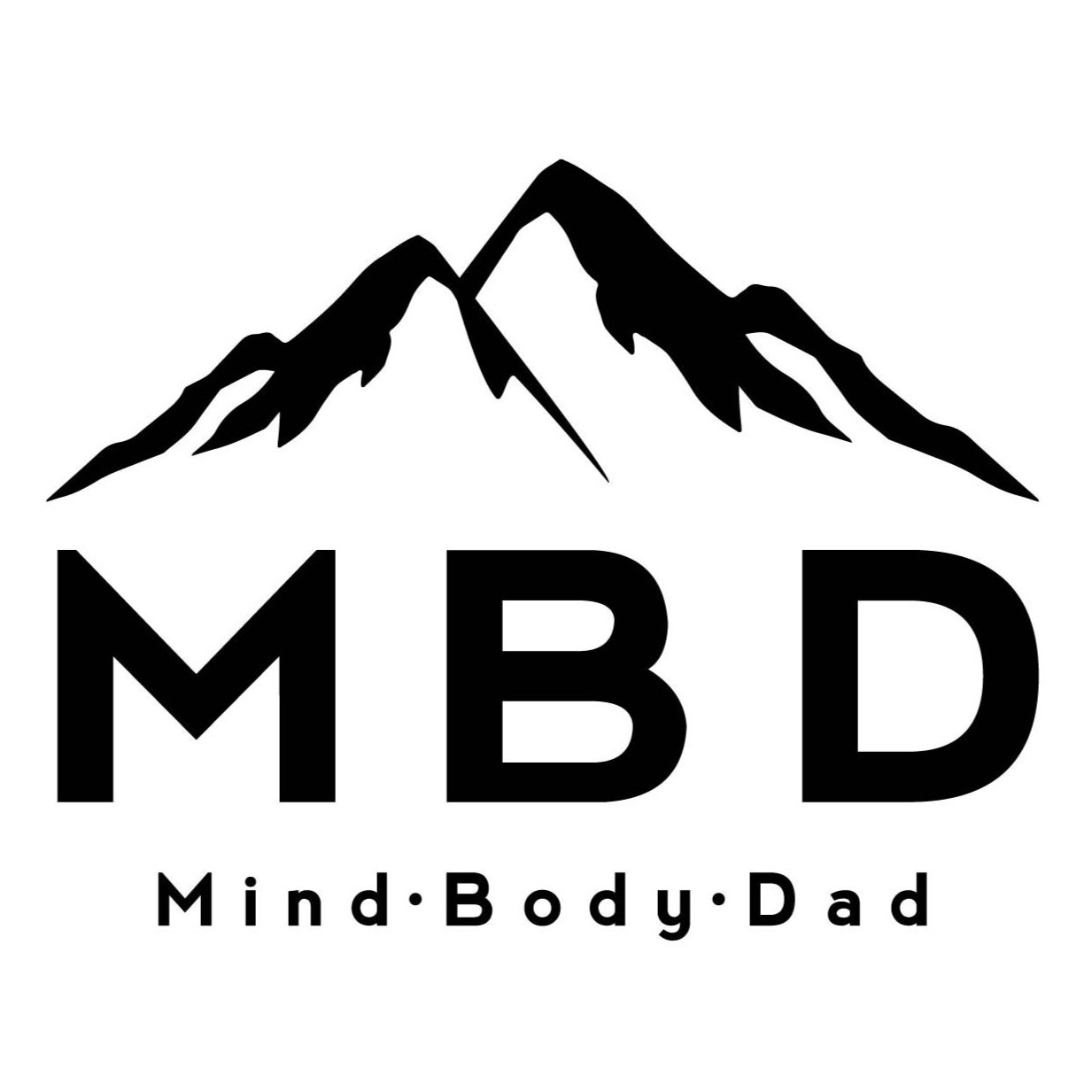Industry Trends Shaping the Future of Corrective Exercise Education
Written by Austin Tiu.
The health and fitness industry continues to evolve as science, technology, and public demand intersect. With chronic pain, postural dysfunction, and injury recovery now receiving broader attention, corrective exercise professionals are playing an increasingly prominent role. As clients become more informed and proactive about their well-being, expectations are shifting. They’re seeking practitioners who bring both deep technical knowledge and up-to-date training that reflects current research and best practices. This growing demand is transforming not only how corrective exercise is taught but what it must now include to remain relevant.
Raising the Bar for Professional Qualifications
The demand for higher standards in the fitness and wellness sector has spurred significant changes in qualification pathways. Employers, clients, and industry regulators are paying closer attention to both academic credentials and practical competencies. Certification programs are expected to go beyond surface-level knowledge and instead require a deep grasp of anatomy, biomechanics, movement screening, and client-specific programming. In many cases, obtaining a corrective exercise certification has become a key differentiator. This type of certification now serves as both an educational foundation and a professional filter, especially for those aiming to work in clinical settings or collaborate with healthcare professionals. Those pursuing this path are often expected to come with previous experience or credentials in personal training, physical therapy assisting, or kinesiology, which helps build a stronger, more knowledgeable field of practitioners.
Technology is Reshaping Learning and Application
Wearables, AI-driven apps, and virtual assessment tools are all contributing to a more data-informed and client-centered approach in corrective exercise education. Students and professionals are being trained to analyze movement using digital video, real-time feedback systems, and software that tracks biomechanical efficiency. Education providers are integrating these tools into their programs so future practitioners can interpret data, identify patterns, and adapt interventions in real time. These technological shifts require students to develop digital fluency alongside their anatomical and physiological knowledge. Platforms that offer interactive simulations or remote practicum opportunities are also allowing learners to work through complex case studies before working with clients in person.
Evidence-Based Practice is Taking Center Stage
Scientific validation now plays a pivotal role in how corrective exercise is taught and implemented. Programs are updating their course content to align with the latest research, with a strong focus on reproducibility, measurable outcomes, and critical thinking. Trainees are expected to read peer-reviewed studies, challenge outdated assumptions, and refine their programming based on clinical evidence. This is a departure from earlier models that relied heavily on anecdotal or trainer-based techniques. Emphasis is now placed on understanding the mechanisms behind movement dysfunction, injury recovery timelines, and the biological basis of neuromuscular retraining. Educators are responding by making research literacy a core part of the curriculum, helping students not just follow instructions but evaluate them critically.
Integrative Approaches are Becoming Standard
Corrective exercise education is now pulling insights from a broader set of disciplines, ranging from manual therapy to neuroscience, psychology, and occupational health. Understanding that pain, posture, and performance are influenced by more than just muscular imbalances, instructors are teaching students how to assess clients from multiple perspectives. This includes recognizing the role of stress, sleep quality, and cognitive load in recovery and movement dysfunction. Programs that once focused primarily on physical assessments are incorporating modules on behavioral coaching and interdisciplinary communication. The ability to communicate with physical therapists, chiropractors, or mental health professionals has become a key part of the skill set for corrective exercise specialists. As a result, training is shifting toward a more holistic understanding of the human body and its complex interactions.
Hybrid Education Models are Expanding Access
Online and blended learning formats are now a core feature of modern corrective exercise education. Once limited to in-person seminars or textbook-based correspondence courses, certification programs have expanded to include on-demand lectures, virtual workshops, and remote mentorship. These flexible models are making education more accessible to people with full-time jobs, family responsibilities, or geographic limitations. The most effective programs balance convenience with rigor by offering structured timelines, peer-to-peer collaboration, and real-world case study work. Some are even incorporating augmented reality or gamified assessments to keep learners engaged. By reducing physical barriers, hybrid models are helping diversify the pool of corrective exercise professionals and making ongoing education more realistic for those already working in the field.
The future of corrective exercise education is being shaped by a confluence of rising standards, technological advancement, scientific rigor, and client-centered care. Each of these trends is pushing educators, trainers, and students to rethink what competence looks like and how it should be measured. As more professionals pursue deeper qualifications and more integrated skills, the field is positioned to offer a higher level of service that meets the complex demands of today’s clients.
Related:
